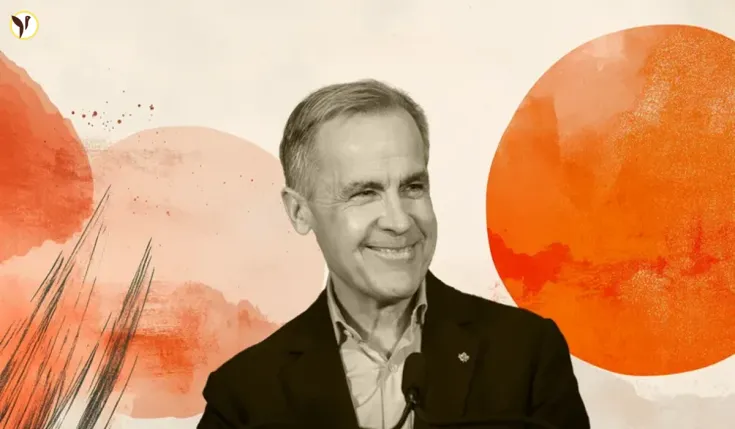Liberals Projected to Win Another Term
Canada's 2025 election saw the Liberals projected to win a fourth consecutive term, according to CBC News. Prime Minister Mark Carney is expected to retain his position, though whether it's a majority or minority government remains unclear. This election, however, wasn't without controversy. Let's delve into the results and the significant issues that arose.
Election Results & Key Takeaways
CBC News' election coverage featured prominent anchors like Rosemary Barton and Adrienne Arsenault, providing live updates and analysis throughout the night. While the Liberals secured a projected victory, the exact makeup of the government—majority or minority—is still being determined. CTV News reported the Liberals winning 156 out of 343 ridings, while the Conservatives, led by Pierre Poilievre, secured 144, leaving them in opposition. A majority government requires 172 seats.
Controversial Ballot and Voting Issues
The election highlighted significant concerns. David Cochrane from CBC News showcased the exceptionally long ballot in Pierre Poilievre's riding, a symbol of a protest for electoral reform. More alarmingly, reports emerged of polling stations in Nunavik, Quebec, closing hours early due to weather-related issues affecting Elections Canada staff. This affected Inuit voters, raising serious concerns about equitable access to voting rights in remote communities. Residents described feeling marginalized and disenfranchised, highlighting persistent challenges in ensuring fair representation for all Canadians.
Economic Factors Impacting the CAD
Beyond the election, the Canadian dollar (CAD) is influenced by various factors. A strong Canadian economy, high oil prices (Canada's largest export), and interest rate decisions by the Bank of Canada (BoC) are key drivers. Inflation, while traditionally considered negative, now often leads to higher interest rates, attracting foreign investment and strengthening the CAD. The health of the US economy, as Canada's major trading partner, also plays a crucial role.
Conclusion: A Complex Election
The 2025 Canadian election delivered a Liberal victory, but the path to that win wasn't without significant hurdles and underlying issues regarding voter access, especially in remote Indigenous communities. The economic outlook for Canada will undoubtedly shape the government's future actions, influencing the Canadian dollar and impacting all Canadians. Stay tuned to CBC News for continued coverage and analysis.






